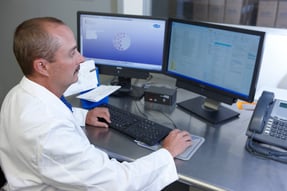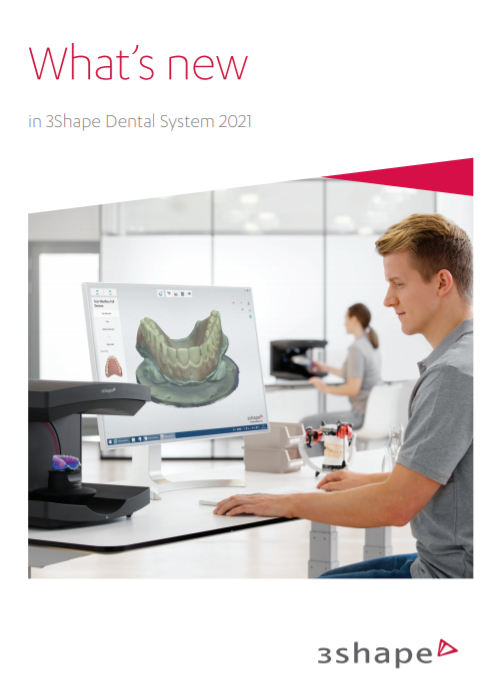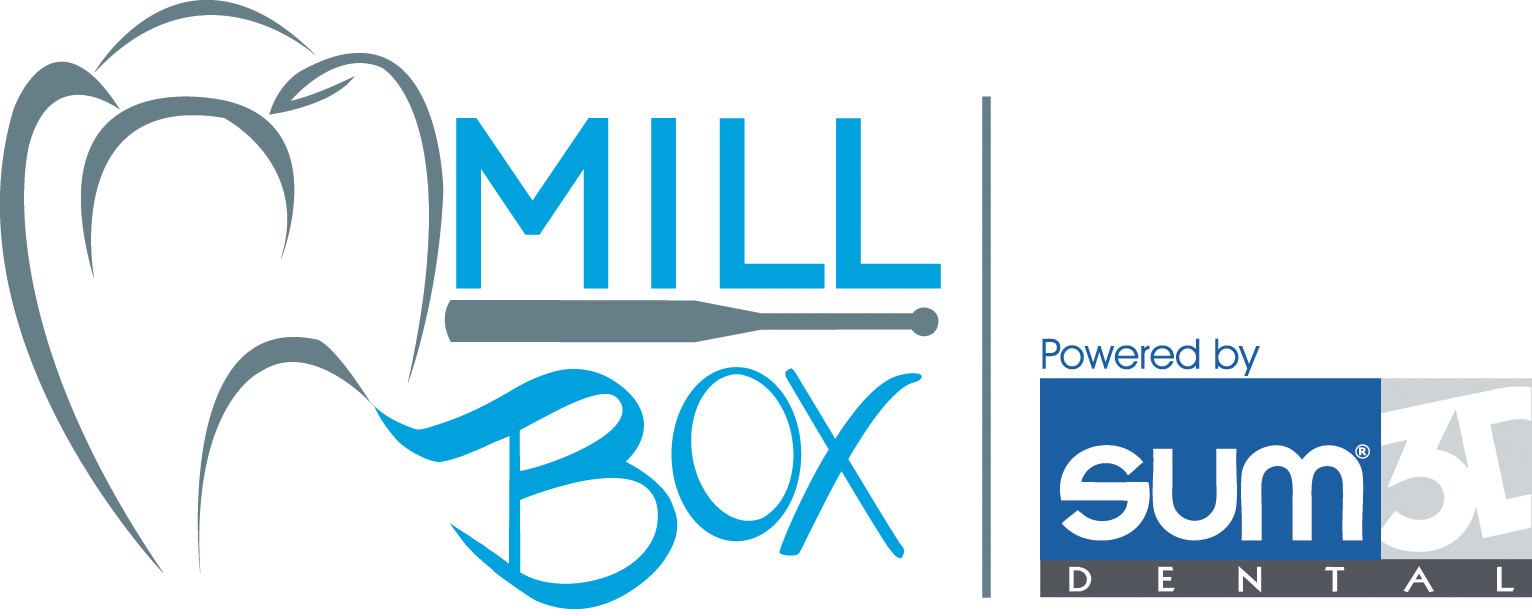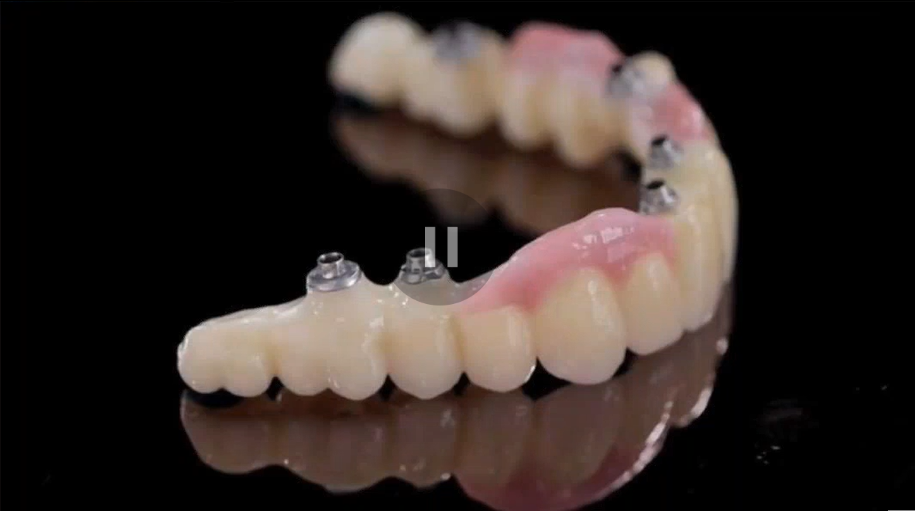 With so many options in the digital technology market today, it can be confusing for the small dental lab or practice owner to look at and make decisions regarding the purchase of systems and ‘modules’ in systems. Some laboratories and doctors want to have everything that is available at their fingertips, but that may be a price that most would not want to entertain. Since we all know that we are faced with entering the digital market, like it or not, there has to be a rational way to figure out what you need.
With so many options in the digital technology market today, it can be confusing for the small dental lab or practice owner to look at and make decisions regarding the purchase of systems and ‘modules’ in systems. Some laboratories and doctors want to have everything that is available at their fingertips, but that may be a price that most would not want to entertain. Since we all know that we are faced with entering the digital market, like it or not, there has to be a rational way to figure out what you need.
Digital technology is not a “quick and simple” means to an end. It takes time to learn systems and then to review procedures if you do not use them often enough to remain current. So, what makes sense when it comes to a purchase? Purchase for what you use…outsource the rest.
If you are doing 90% crowns and bridges and the remaining 10% is a mixture of implant abutments, surgical guides and assorted implant retained structures, you have to look at the time and resources it takes to create 10% of your business. Since you don’t often do these things then you are not as efficient at getting them done and you use the time for them that you could be using for the 90% you do efficiently. This works for the technician and the dentist. In the clinical setting why would you use your time doing laboratory work, when you could be seeing patients? In the laboratory, why would you spend your time designing implant cases when you could be knocking out crowns? Where is your profit center?
The answer should be simple. Acquire the technology you need to be proficient at what you do the most, then find an outsource relationship for the remainder.
All great companies do exactly this. The automotive manufacturer does not spend time making tires. Although necessary for the completed project, they outsource that to tire manufacturers and then incorporate that piece into their total business.
All will need the ability to scan and design crowns and bridges. Some have the volume to justify the expense of a mill or printer; others should outsource this piece of the process. If you are doing implant abutments, get the module that allows you to do this, and then some will do sufficient implants to manufacturer (and deal with the FDA). For bars and guides, most small labs don’t see many of these so it makes sense to scan the models and send the scan out to those who do them frequently. Stop worrying about controlling the process and find a manufacturer that meets your quality standard.
Technology changes quickly, so don’t purchase for future use. Purchase for what you use now and outsource the rest.













Leave a comment